
The ”hourglass” model of embryogenesis extends to brown algae
Plant Science Research WeeklyThe hourglass model of embryogenesis was proposed in the 1990s, and extended to green plants and fungi in the 2010s. During animal embryogenesis, the very earliest stages (post fertilization) are morphologically quite different from each other, and the later stages are quite different, but in the middle…
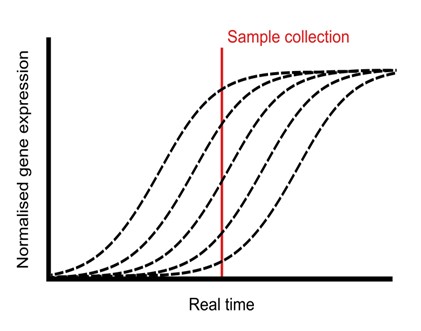
Single-plant omics provides transcriptional insights into the transition from the vegetative to reproductive phases
Plant Science Research WeeklyPlants undergo a series of physiological processes when transitioning from the juvenile to the vegetative phase, and then vegetative to the reproductive phase. RNA-Seq offers substantial potential for uncovering the transcriptional landscape underlying these developmental transitions. However, developmental…
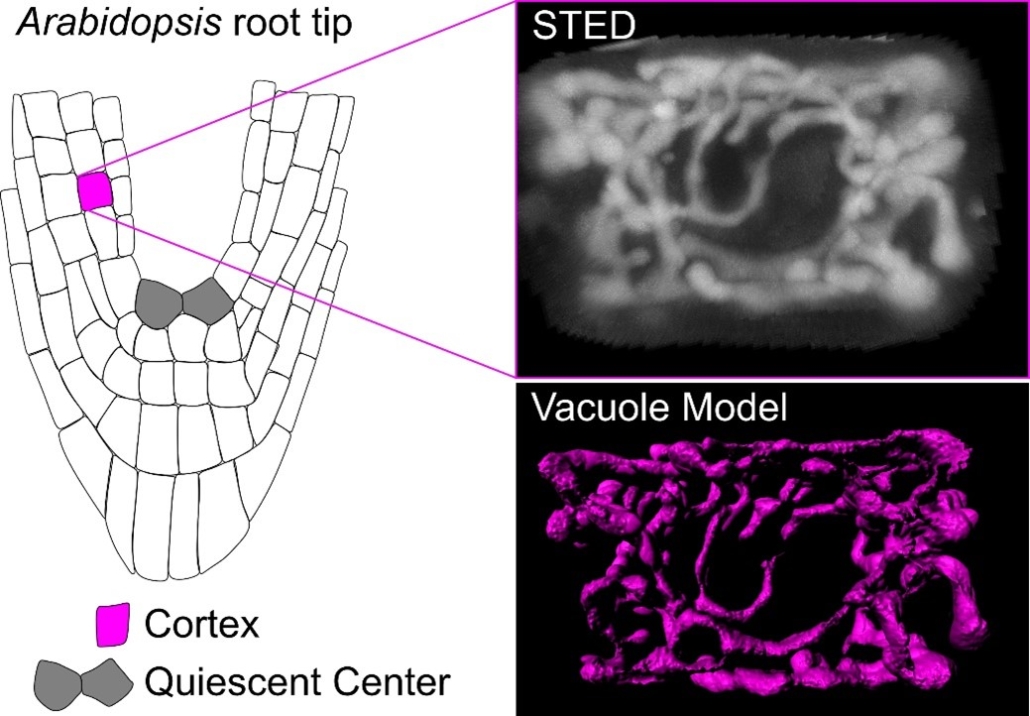
Unveiling vacuole biogenesis: Tubular networks are present in plant meristem cells
Plant Science Research WeeklyA recent paper by Scheuring and colleagues investigates vacuole biogenesis in meristematic cells of Arabidopsis thaliana, challenging earlier models of vacuole formation. Vacuoles are crucial organelles responsible for various cellular functions, yet their formation has remained puzzling for quite some…
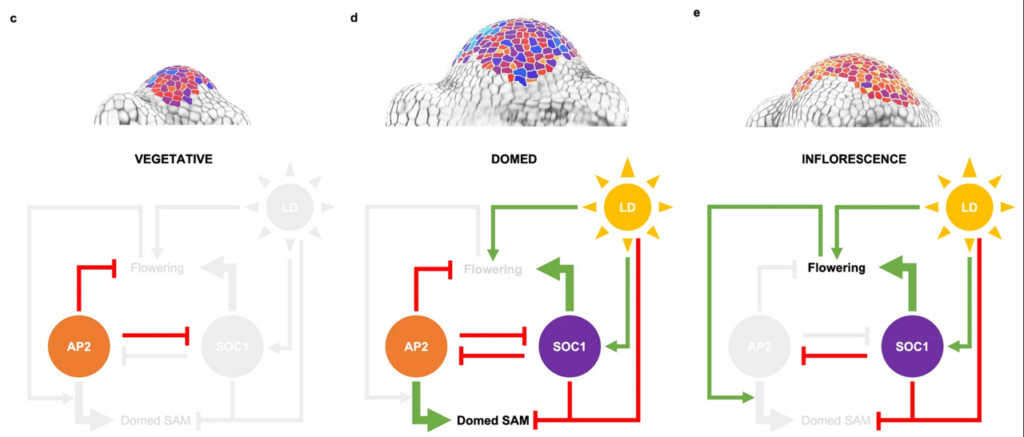
APETALA2 coordinates shoot apical meristem shape and identity during floral transition
Plant Science Research WeeklyThe study by Bertran Garcia de Olalla et al. investigated the role of the APETALA2 (AP2) transcription factor in Arabidopsis, particularly its influence on the shoot apical meristem (SAM) during the transition from vegetative to reproductive growth. AP2 is essential for the rapid increase in SAM height…
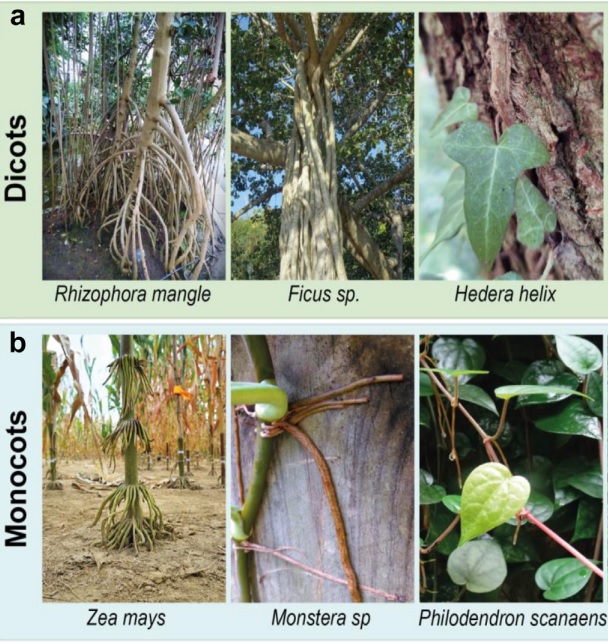
Review: Stem-borne roots as a framework to study trans-organogenesis
Plant Science Research WeeklyPlants develop new organs and tissues throughout their lifespan as they grow new leaves, roots and reproductive structures. Many of these tissues arise from similar tissues, such as lateral roots arising from primary roots, and the mechanisms guiding their formation are well understood. But what about…

Convergent evolution of plant prickles
Plant Science Research WeeklyContrary to common belief, roses do not have thorns: instead, they have prickles. Thorns (as in hawthorns) are modified stems, spines (as in cactus spines) are modified leaves, and prickles (as in roses) are modified epidermal tissues. Prickles occur in a wide range of plants. Satterlee et al. set out…
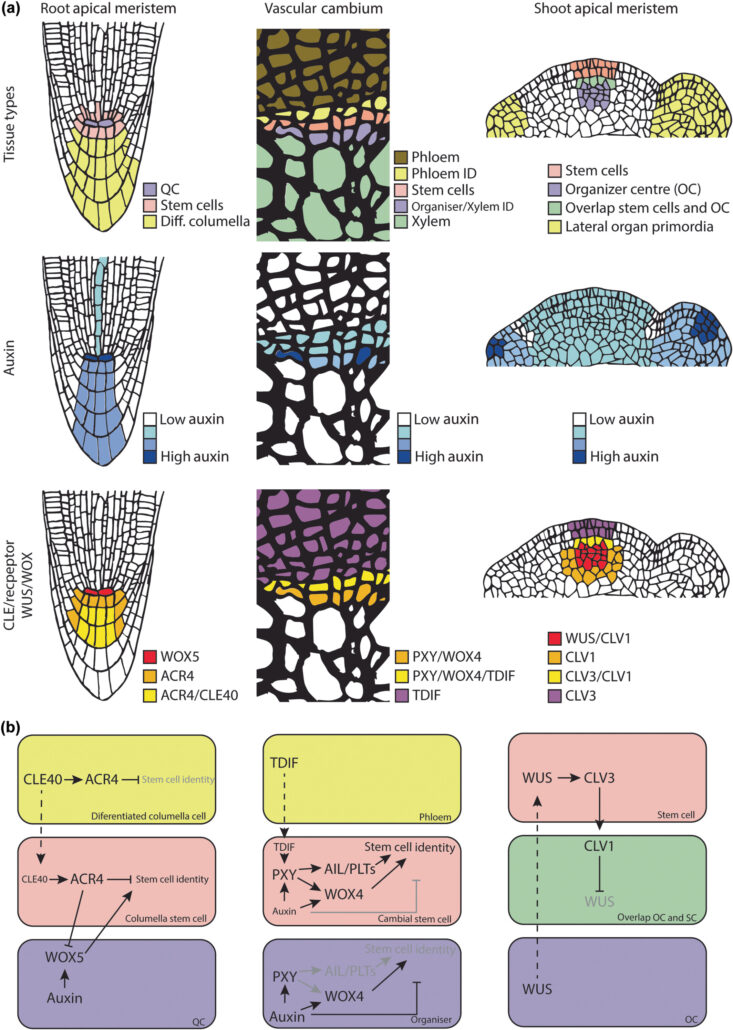
Review: Stem cells of the vascular cambium
Plant Science Research WeeklyVascular cambium cells are meristematic cells responsible for secondary growth. Lineage tracing studies in Arabidopsis and poplar show the presence of single bifacial stem cells in each radial cell file that produce xylem inwards and phloem cells outwards. In a recent review, Wybouw et al. discuss the…
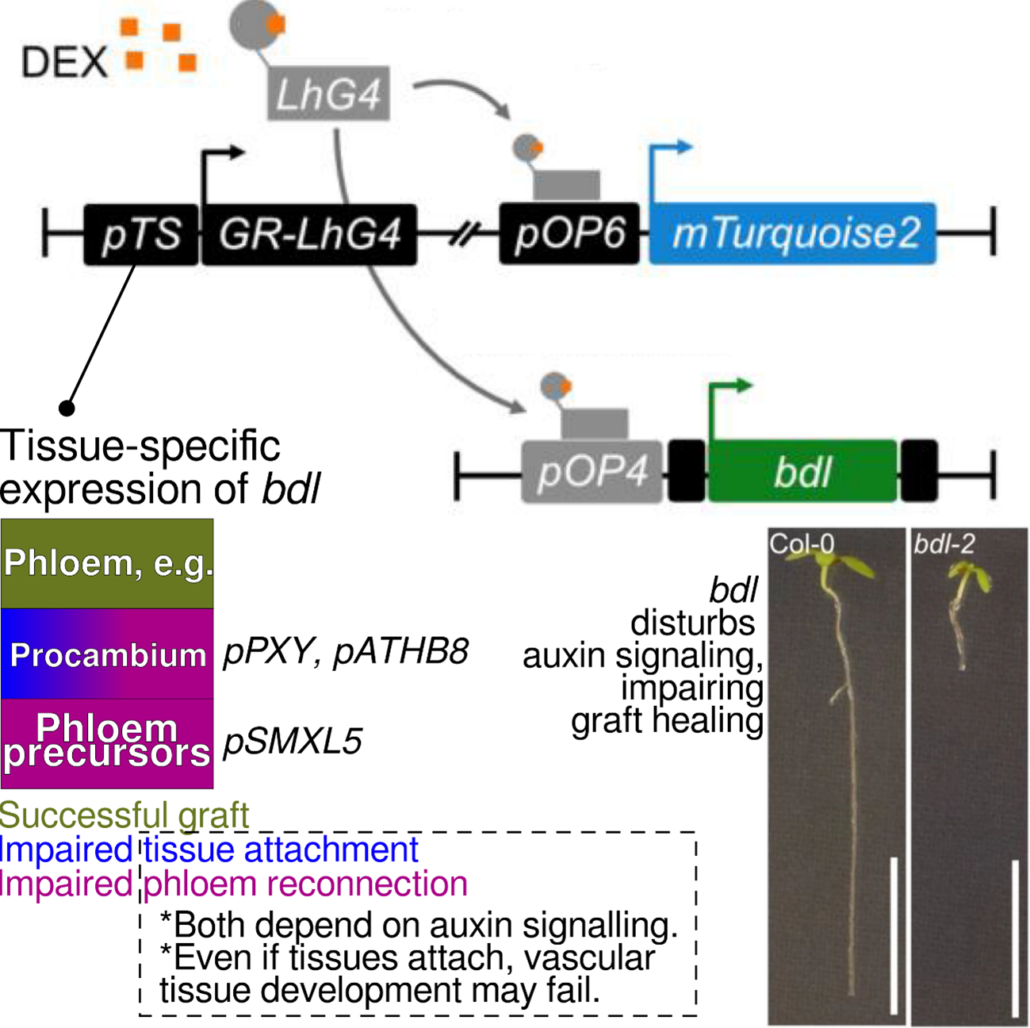
Tissue-specific interference reveals complex roles for auxin signalling in procambial cells during graft healing in Arabidopsis
Plant Science Research WeeklyFor hundreds of years, we have propagated plants clonally by grafting, i.e. the union of a scion and a rootstock to form a new plant. To be successful, a graft junction must heal: tissues must attach, and vascular bundles reconnect, in a process known to involve auxin. Here, Serivichyasw at et al. investigate…
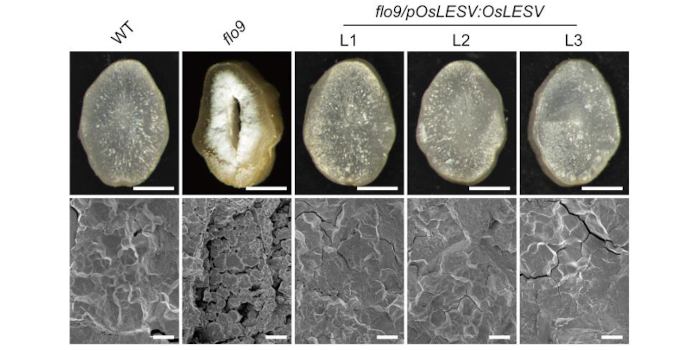
OsLESV cooperates with FLO6 to modulate starch biosynthesis and endosperm development
The Plant Cell: In a NutshellOsLESV cooperates with FLO6 to modulate starch biosynthesis and endosperm development
Yan, Zhang, Wang et al. identify OsLESV–FLO6 as a non-enzymatic molecular module responsible for starch biosynthesis and endosperm development.
https://doi.org/10.1093/plcell/koae006
By Haigang Yan, Wenwei…

